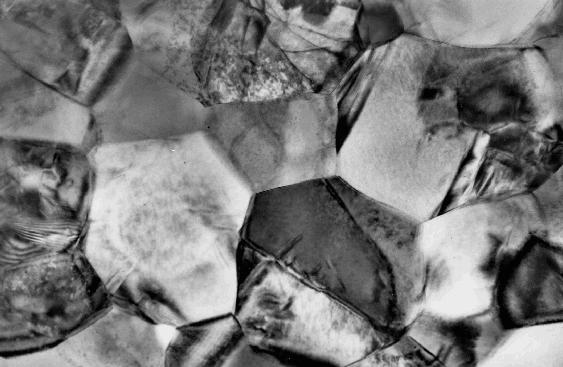
[Image above] Credit: CORE-Materials; Flickr CC BY-NC-SA 2.0
Microstructure, which is too small to be seen with the naked eye, plays an important factor in the final property of a material. For ceramics, the microstructure is made up of small crystals called grains. In general, the smaller the grain size, the stronger and denser is the ceramic material. In the case of a glass material, the microstructure is non-crystalline. When these two materials are combined (glass-ceramics), the glassy phase usually surrounds small crystals, bonding them together.
The wide variety of applications for ceramic materials results from their unique properties. In many respects, these properties cannot be achieved by other materials. Among the many properties that ceramic products take advantage of include:
- high hardness
- high mechanical strength
- dimensional stability
- resistance to wear
- resistance to corrosion or chemical attack
- weathering resistance
- high working temperature
- low or high thermal conductivity
- good electrical insulation
- dielectric and ferroelectric properties
Depending on the composition and the processing of the raw materials, as well as the fabrication and firing conditions, the properties of the material can often be closely tailored to the desired application.
